 |
 |
 |
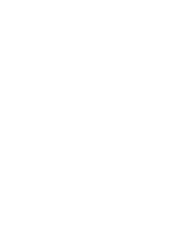
|
AAM Seduction: Courtesan promenading under cherry blossom, detail; approx. 1815-1819, by Katsushika Hokuun (Japanese, active approx. 1800-1844). Hanging scroll; ink and colors on silk. John C. Weber Collection. Image John Bigelow Taylor
|
|
 |
SEDUCTION: JAPAN'S FLOATING WORLD
Seduction: Japan's Floating World
20/2/2015-10/5/2015
Escape to Japan’s floating world through a selection of rare paintings, woodblock prints and kimonos at San Francisco’s Asian Art Museum
|

|
Posted 7 November 2014
|
Share this:
|
|
Seduction: Japan's Floating World transports viewers to the popular and enticing entertainment districts established in Edo (present-day Tokyo) during the mid-1600s. Through more than 50 artworks from the acclaimed John C. Weber Collection, viewers are invited to visualize the alluring realm known as the “floating world,” noted for its celebrated pleasure quarter, the Yoshiwara. Masterpieces of painting, luxurious Japanese robes, woodblock-printed guides and decorative arts tell the story of how the art made to represent Edo’s seductive courtesans, flashy Kabuki actors and extravagant customs fueled desires and gratified fantasies.
|
|
|
|
|
|
|
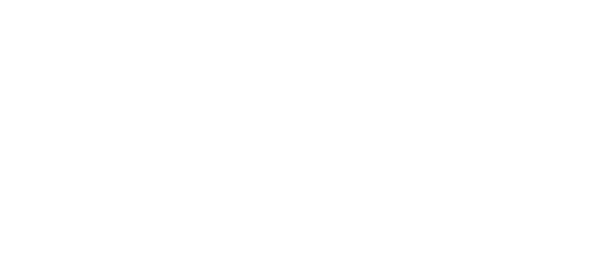
AAM Seduction: A Visit to the Yoshiwara, detail, late 1680s, by Hishikawa Moronobu (Japanese, d. 1694). Handscroll; ink, colors and gold on paper. John C. Weber Collection. Image © John Bigelow Taylor
|
|
|
|
|

|

|

|
The exhibition’s centerpiece is one such guide: A Visit to the Yoshiwara, by Hishikawa Moronobu (d. 1694). This grand, almost-58-foot-long handscroll painting takes viewers on an imaginative virtual tour of Edo’s licensed pleasure quarter, its exacting etiquette, famous brothels and chic fashions. The sensory experiences described in the handscroll—food, drink, dance and sexual encounters—are echoed elsewhere in the exhibition in paintings, serving vessels and textiles from the Weber collection.
|
|
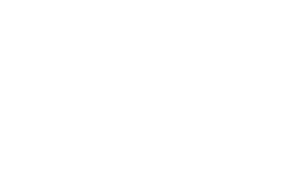
AAM Seduction: Hell Courtesan, detail, approx. 1850, by Utagawa Kuniyoshi (Japanese, 1797-1861). Hanging scroll remounted as a framed panel; ink, colors and gold on silk. John C. Weber Collection. Image © John Bigelow Taylor
|
|
|
|
|

|

|

|
Other exhibition highlights include 18th-century paintings and prints of courtesans by some of Japan’s most important artists: Katsukawa Shunsh? (d. 1792), Kitagawa Utamaro (1754–1806), Katsushika Hokusai (1760–1849) and Utagawa Kuniyoshi (1797–1861). These artworks demonstrate how artists used fashion, promises of intimacy, and disguise to stimulate desire and lure potential customers.
Seduction will be shown alongside a complementary exhibition, The Printer’s Eye: Ukiyo-e from the Grabhorn Collection, which focuses on the artistic achievements of Edo-period (1615–1868) printmakers.
Organized by the Asian Art Museum, Seduction is curated by Dr. Laura Allen, curator of Japanese art.
The exhibition is on view Feb. 20–May 10, 2015. The Asian Art Museum will serve as the only venue for the exhibition.
Presentation at the Asian Art Museum is made possible with the generous support of Hiro Ogawa and The Akiko Yamazaki and Jerry Yang Fund for Excellence in Exhibitions and Presentations.
|
|
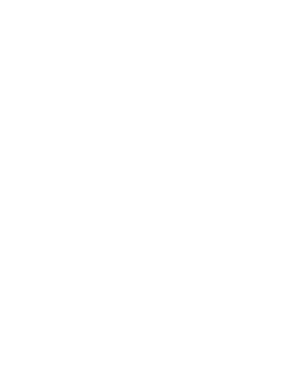
AAM Seduction: Courtesan in her boudoir, detail, approx, 1818-1825, by Utagawa Toyokuni (Japanese, 1769-1825). Hanging scroll; ink and colors on silk. John C. Weber Collection. Image © John Bigelow Taylor
|
|
|
|
|
|
|
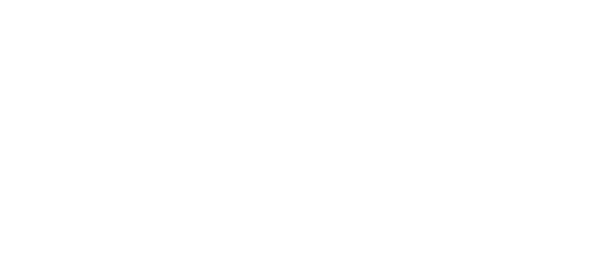
AAM Seduction: A visit to the Yoshiware, detail, late 1680s, by Hishikawa Moronobu (Japanese, d. 1694). Handscroll; ink, colors and gold on paper. John C. Weber Collection. Image © John Bigelow Taylor
|
|
|
|
|

|

|

|
ABOUT THE ASIAN ART MUSEUM
The Asian Art Museum–Chong-Moon Lee Center for Asian Art and Culture is one of San Francisco's premier arts institutions and home to a world-renowned collection of more than 18,000 Asian art treasures spanning 6,000 years of history. Through rich art experiences, centered on historic and contemporary artworks, the Asian Art Museum unlocks the past for visitors, bringing it to life while serving as a catalyst for new art, new creativity and new thinking.
Hours: The museum is open Tuesdays through Sundays from 10 AM to 5 PM, with extended spring and summer evening hours on Thursdays until 9 PM. Closed Mondays, as well as New Year’s Day, Thanksgiving Day and Christmas Day.
General Admission: FREE for museum members, $15 for adults, $10 for seniors (65+), college students with ID, and youths (13–17). For seniors, students with ID, and youth (13–17), admission will be $10. FREE for children under 12 and SFUSD students with ID. General admission on Thursdays after 5 PM is $5 for all visitors (except those under 12, SFUSD students, and museum members, who are always admitted FREE). General admission is FREE to all on Target First Free Sundays (the first Sunday of every month). A surcharge may apply for admission to special exhibitions.
|
|
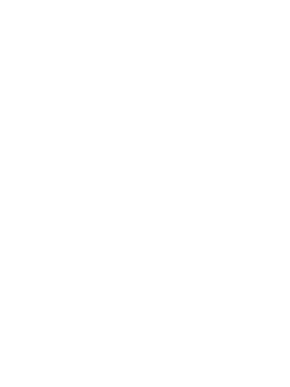
AAM Seduction: Robe (kosode) with willow tree and Chinese characters, 1700-1800. Japan. Silk, paste resist-dyed (yuzen) and stencil-dyed (katabitta), silk, and couched gold thread embroidery. John C. Weber Collection. Image © John Bigelow Taylor
|
|
|
|
|
|
|
|
|
|


